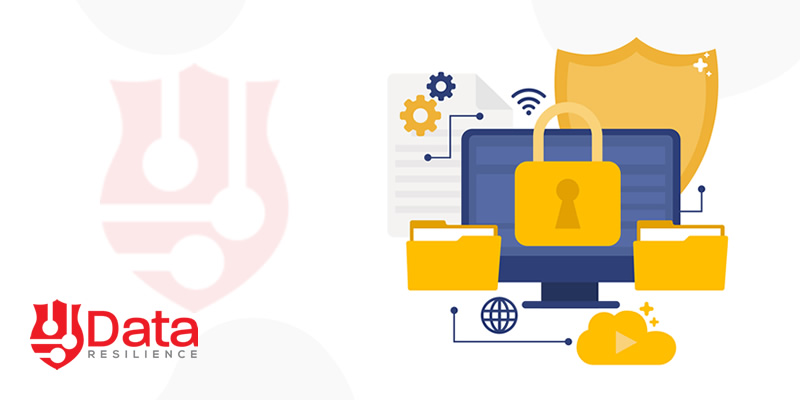Data loss inadvertently affects every organization at some point in time and you could be left asking questions such as what data is backed up? Or Where is the data backed up? Or How long will it take to restore my backed up data? As it is imperative to resume business operations at once to check loss in revenue due to computer downtime.
Thus offline backup is a necessary condition of every organization and a mix of online as well as offline data backup will do a world of good to the organization. Thus with a diverse backup plan, data recovery is nearer to 100% effectiveness.
Geographical diversity in your data backup plan ensures that your data is not lost on account of natural disasters, terrorist attacks or communication disruptions. A combination of local on premises data backup and multiple locations will save your data or place you on a road to 100% data recovery.
It sometimes so happens that data backups were not promptly done, test initializations and the external drive where you store the data was not initialized and no successful backup was performed then onwards. An automated and managed solution is the perfect option for a non-IT organization and whose core business is not IT with presence of no IT staff. It all depends on the amount of data transfers you observe in your company and its significance which will guide your data backups.
The importance you give to your data by classifying it as sensitive and finding out where this data resides is your first task in prioritizing whether the data requires protection or not. Data classification can greatly help to segregate data according to PCi DSS And GDPR and protect Intellectual Property rights.
All the data theft prevention steps notwithstanding, one needs to be careful to the employee factor within the organization. Some employees present a greater risk than others. For example, employees with network administrator credentials are more vulnerable to data thefts than employees with user access. For example, employees within the finance department pose a more vulnerable target to cyber hackers thanks to the nature of data within their purview. It is left to the IT team to bring down the threat associated with internal employees.
Most security bundles just monitor data at the point of entry to the system and are open to any data infiltration during day or night which is when cyber criminals take root. Real time detection technologies provide constant supervision of data that helps you tide over the crisis.
It is not just cyber criminals who penetrate your computer system with alacrity but also accidental data loss that happen at the hands of employees in more ways than one. For eg: A confidential email to the unintended person, a USB Stick left behind accidentally on a train, Without DLP in place, these actions could result in data leakage or non-compliance of standards. Data copying could have serious ramifications if not encrypted to ensure its safety however far it travels.
For more information, visit
www.dataresilience.com.au or drop us a note at [email protected]


